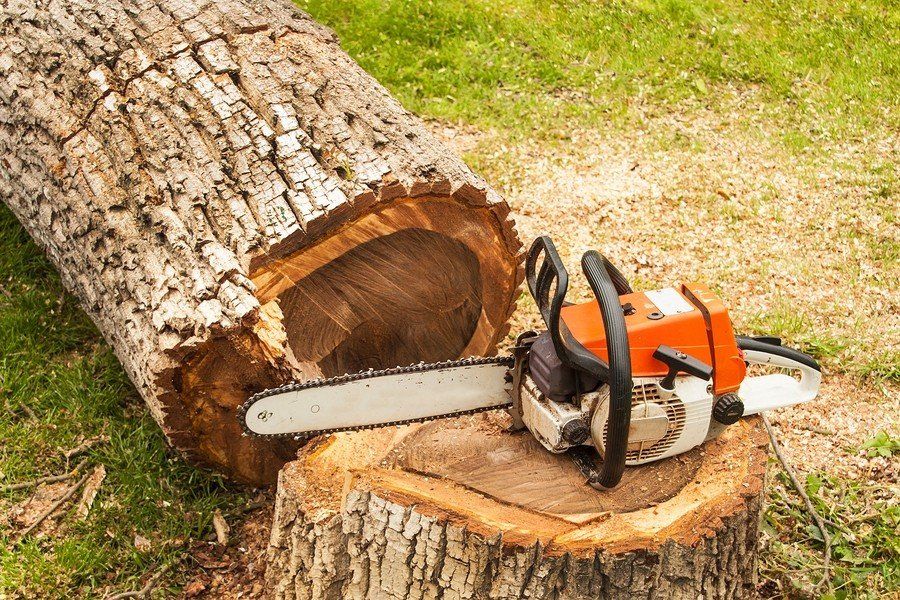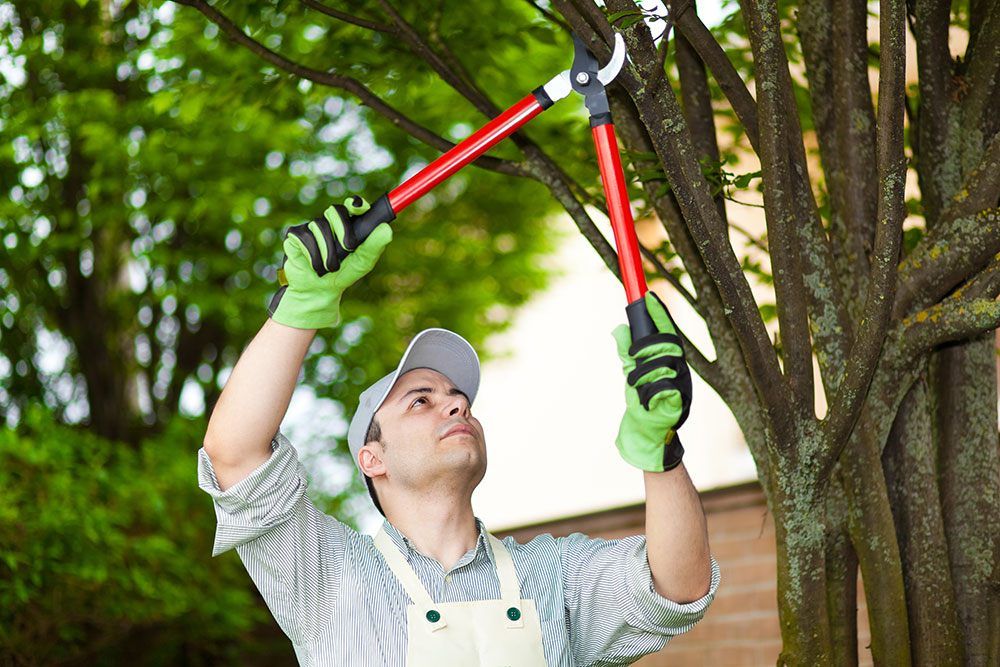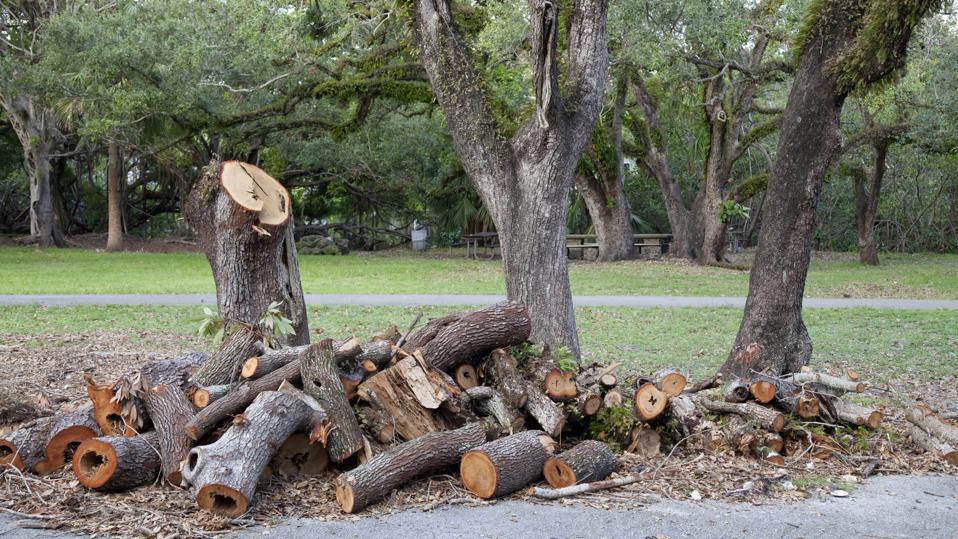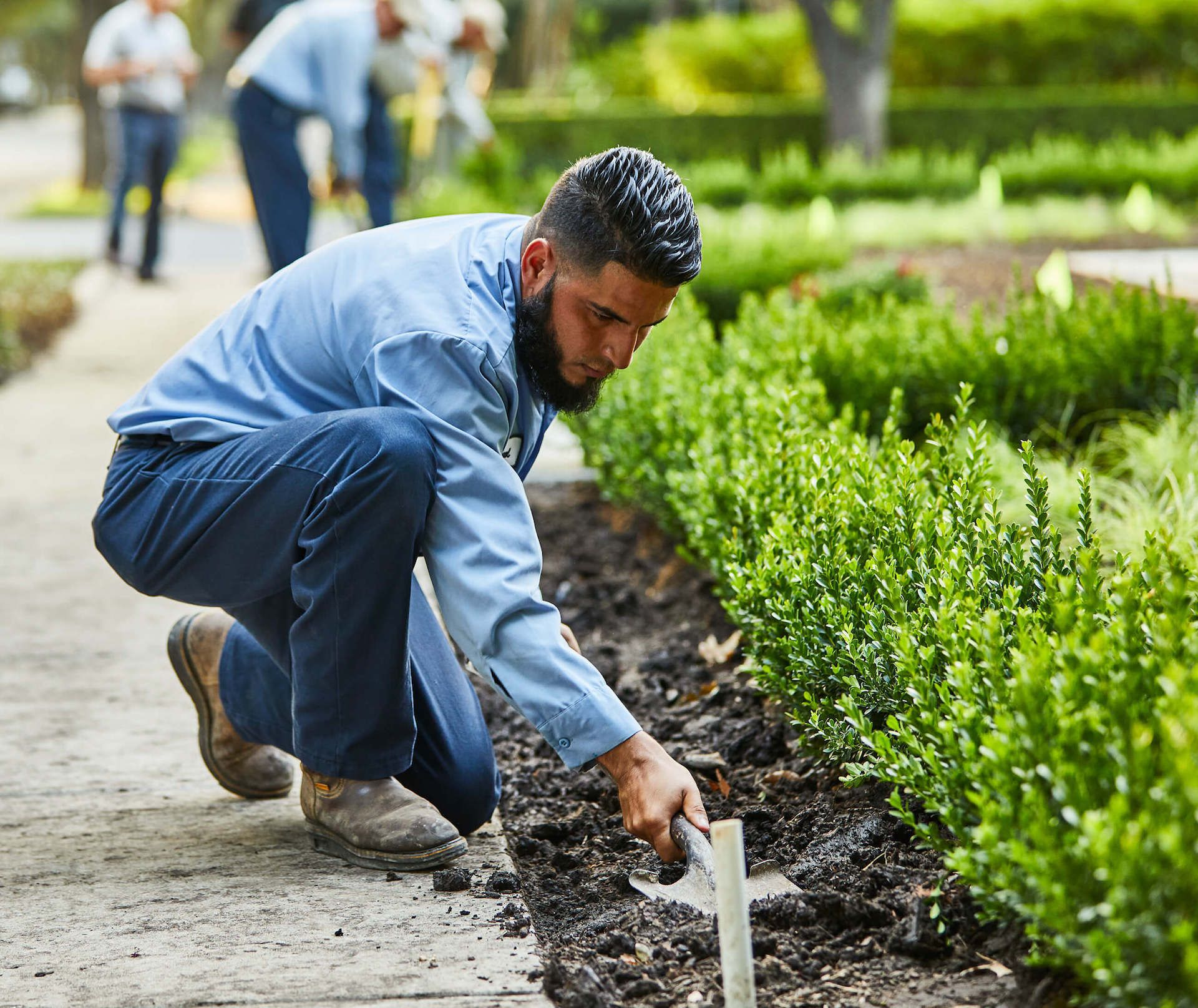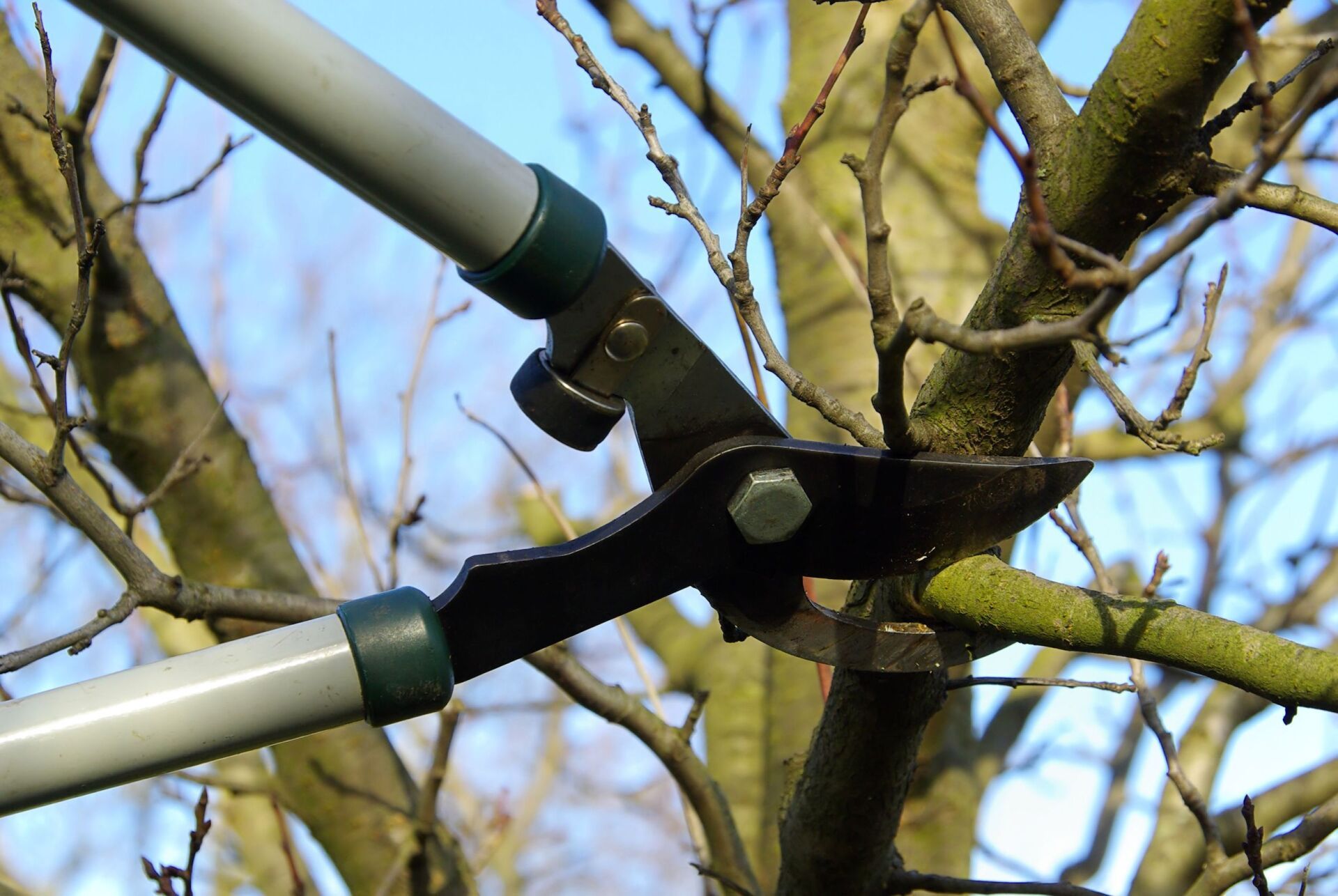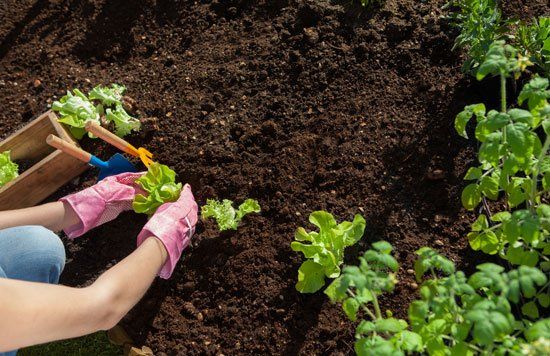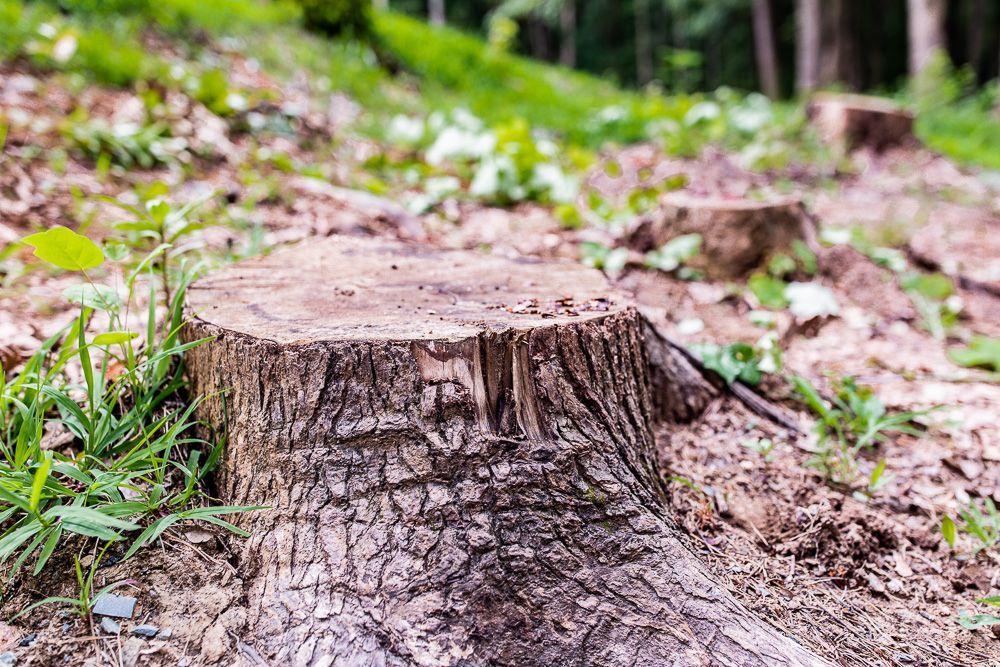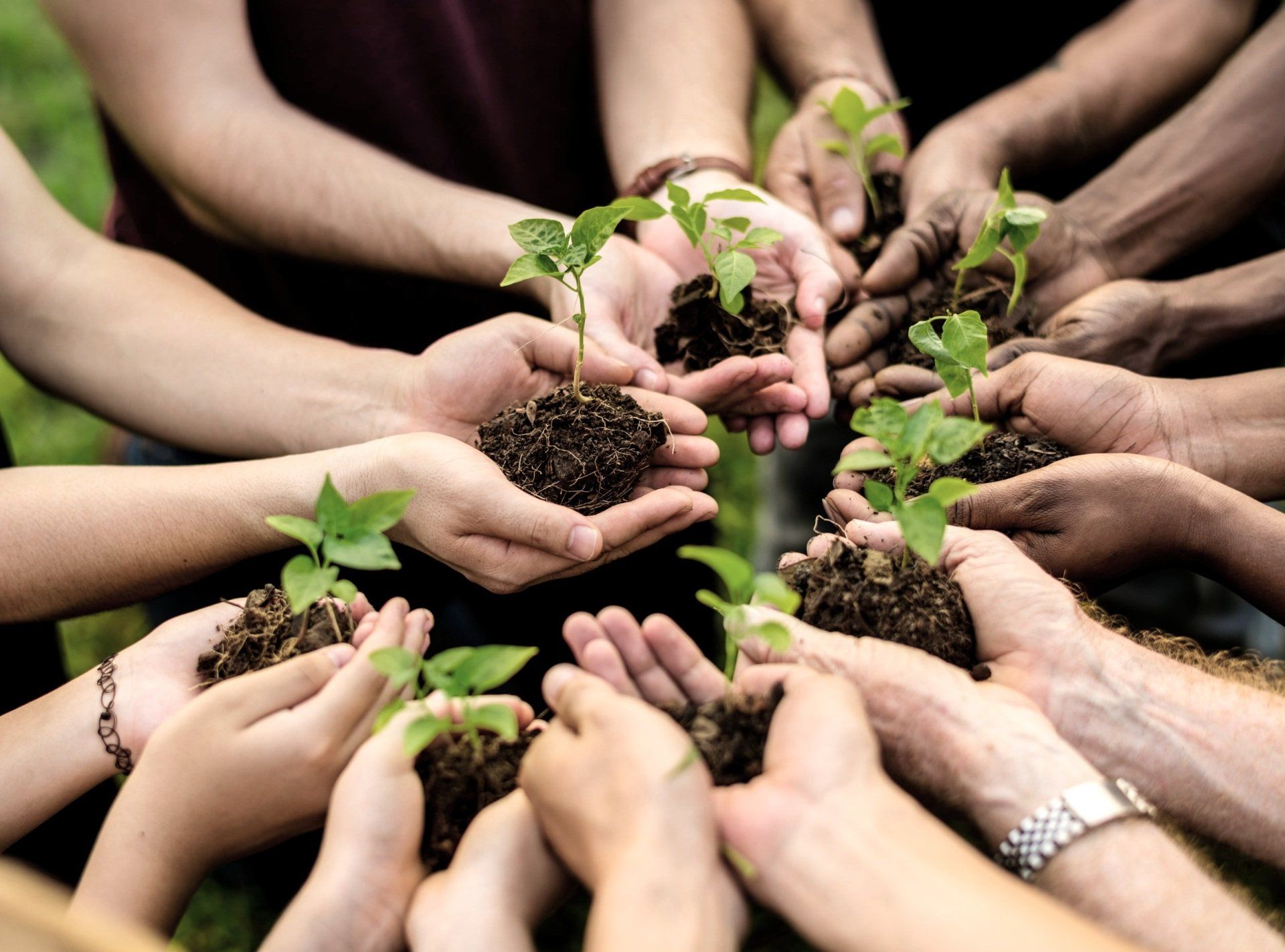- HOME
- ABOUT US
- OUR SERVICES
- OUR CLIENTS
- TESTIMONIALS
- COUNCIL REGULATIONS
- BANYULE TREE WORKS PERMITS
- BAYSIDE TREE WORKS PERMITS
- BOROONDARA TREE WORKS PERMITS
- FRANKSTON TREE WORKS PERMITS
- KINGSTON TREE WORKS PERMITS
- KNOX TREE WORKS PERMITS
- MANNINGHAM TREE WORKS PERMITS
- MAROONDAH TREE WORKS PERMITS
- MONASH TREE WORKS PERMITS
- MORNINGTON PENINSULA SHIRE TREE WORKS PERMITS
- PORT PHILLIP TREE WORKS PERMITS
- STONNINGTON TREE WORKS PERMITS
- WHITEHORSE TREE WORKS PERMITS
- YARRA RANGES TREE WORKS PERMITS
- YARRA TREE WORKS PERMITS
- FAQ's
- BLOG
- CONTACT
- CRAFTY TV
Soil Management - An Important Conservation Strategy
- By Kimberly Romero
- •
- 02 May, 2022
- •
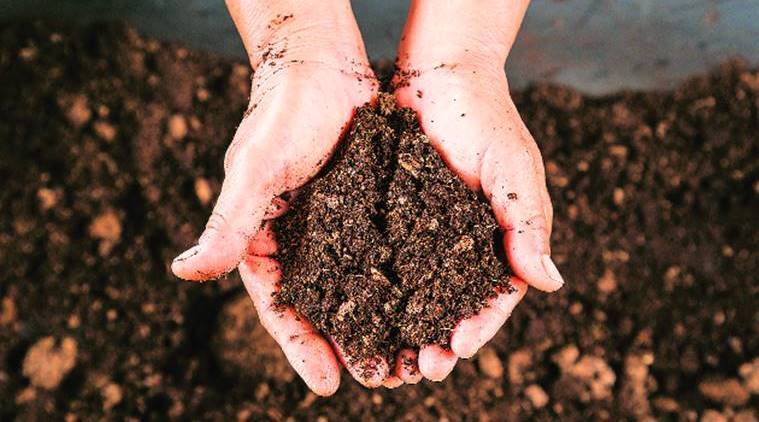
Most people think of soil management when they think of landscapes and animals and clean air and water. They're probably not considering the soil. But soil is more than simply a background to our geological history. Healthy soil is the foundation of all life, providing water, food, clean air, a stable climate, and excellent health.
Soil management is an essential part of land management since it focuses on the many different types of soil and characteristics that can help enhance soil quality for the intended land use. Soil management is critical for food security because it can increase agricultural production, mitigate climate change, and promote green economic growth. Nutrient efficiency and soil health may be improved by improving nutrient recycling, increasing organic matter content, and applying fertilizers appropriately and in the optimum amounts.
Soil management safeguards and improves soil function. It also saves money on inputs, decreases pollution, and enhances crop quality. To facilitate speedy and successful root growth, the soil should be in the optimal physical condition for the crop before planting. Although each crop has unique soil requirements, a few basic activities can help promote good soil biology.
Tillage: The Process of Preparing the Soil for Crop Growth
- Undermining - also known as mole drainage, is a tillage technique used to manage standing water and soil porosity issues.
- Plowing - is divided into three types: very shallow, shallow, and pre-sowing plowing is the foundation of soil tillage; it increases soil microbiological activity, eliminates already-emerged weeds, and avoids moisture evaporation from the soil.
- Disking - helps prepare the soil for sowing by breaking up clods and surface crust, resulting in improved soil granulation and uniformity.
- Harrowing- creates a crumbly layer that protects the soil surface from quick-drying and improves plant nutrient access.
- Rolling - the last step in the soil tillage process, which involves smoothing and firming the seedbed and pressing the seeds into the soil for quicker germination.
Full-width tillage disrupts the whole soil structure and encompasses a variety of tillage procedures before and after crop planting. Reduced and no-till tillage strategies, on the other hand, limit soil disturbance and retain a high amount of surface residue.
Having a Thorough Soil Analysis
What is the significance of soil?
Soil organisms promote long-term food security and help to offset climate change. Soils provide food, shelter, and other benefits to plants and animals. Fungi, algae, and unicellular and multicellular creatures invisible to the naked eye, such as bacteria and protozoa, can all be found in soil. Microorganisms enhance drainage and soil structure as they travel through the soil, making it more fertile and productive.
The carbon cycle is dependent on soil
Soil is important in the carbon cycle, the ongoing exchange of carbon atoms between the atmosphere and the Earth. Microorganisms, for example, emit carbon dioxide into the atmosphere while breaking down organic matter in the soil, creating nutrients and minerals that nourish plants and crops. Sequestration is a natural process in which soil absorbs carbon from the atmosphere. More carbon is absorbed by healthier soil, lowering greenhouse gas emissions.
The role of soil
Soils enable farmers to feed humans and livestock by allowing them to grow food. Soil also serves as a cleaner, removing toxins and pollutants from surface water as it travels down the Earth to refill aquifers. Soil also provides an infrastructure with basic resources. Soil, for example, is a crucial component in the production of building bricks.
Why Soil Management is Important?
Individuals and companies are all concerned about soil management since it is necessary to utilize land productively and give good yields and be able to do so in the future. Even if the effects of soil conservation are not immediately obvious, they will be beneficial to future generations. Different soil conservation techniques assist in preventing erosion, preserving fertility, avoiding degradation, and limiting natural pollution produced by chemicals by integrating diverse pest management strategies. As a result, soil management activities with the experts like Arborcraft Tree Services significantly contribute to the environment's and resources' long-term survival.

